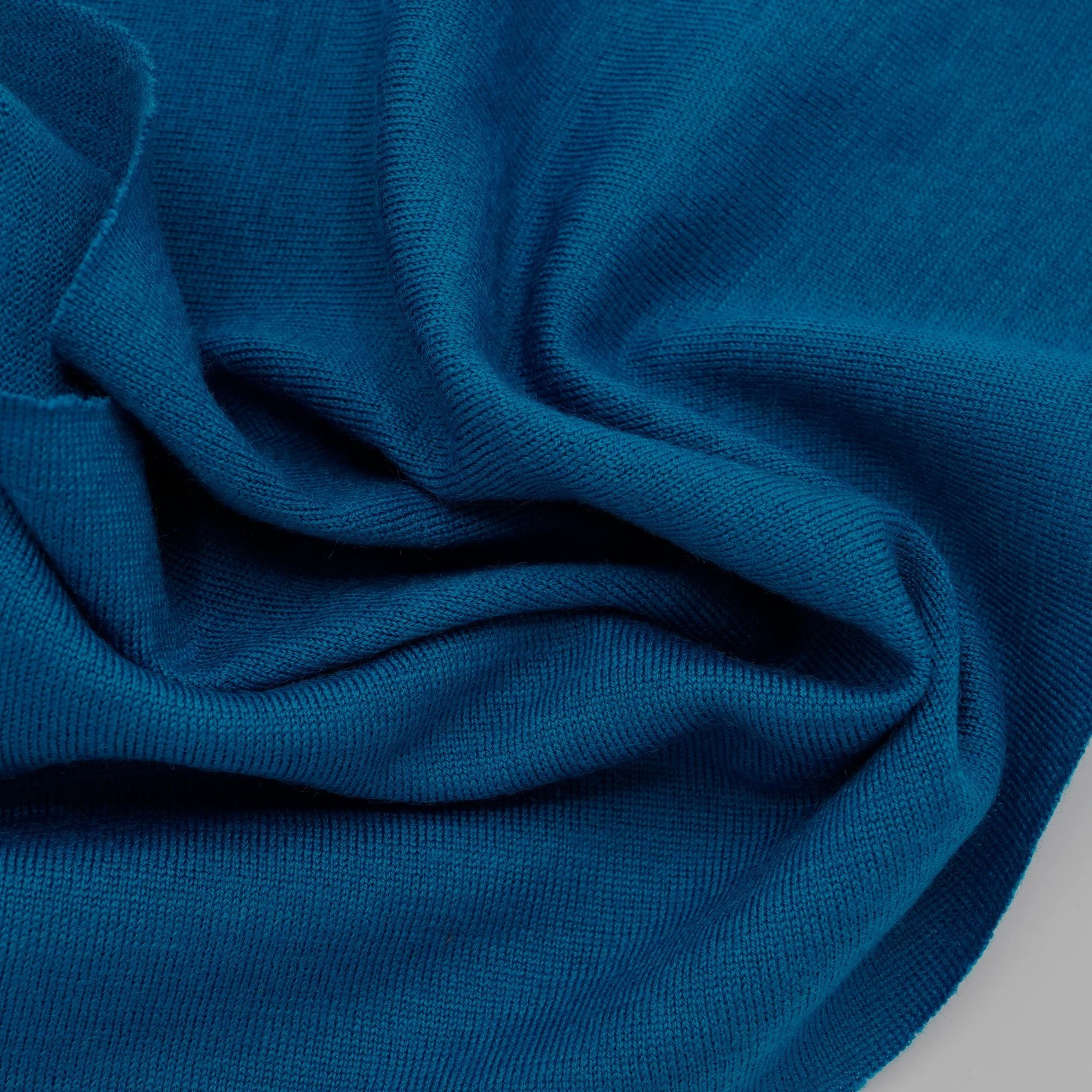 Esperanto
Esperanto
 Shqiptare
Shqiptare
 Euskara
Euskara
 Zulu
Zulu
 Latinus
Latinus
 Cymraeg
Cymraeg
 தமிழ்
தமிழ்
 Slovak
Slovak
 Slovak
Slovak
 Afrikaans
Afrikaans
Embracing Natural Fibers: The Case for Wool Material Clothes
Release time:
2025-06-02
Source:
Embracing Natural Fibers: The Case for Wool Material Clothes
Table of Contents
1. Introduction to Natural Fibers
2. Understanding Wool: A Brief Overview
2.1 What is Wool?
2.2 Types of Wool and Their Unique Qualities
3. The Benefits of Wearing Wool Clothes
3.1 Comfort and Versatility
3.2 Temperature Regulation and Moisture Management
3.3 Durability and Longevity
4. The Environmental Impact of Wool
4.1 Sustainability of Wool Production
4.2 Wool vs. Synthetic Fabrics: An Ecological Perspective
5. How to Care for Wool Clothing
5.1 Washing and Drying Techniques
5.2 Storing Your Wool Garments
6. Stylish Wool Clothing Options
6.1 Everyday Wear: Sweaters, Scarves, and Socks
6.2 Formal Attire: Wool Suits and Dresses
7. Frequently Asked Questions about Wool Material Clothes
8. Conclusion: The Future of Wool in Fashion
1. Introduction to Natural Fibers
In the era of fast fashion and synthetic materials, the appeal of **natural fibers** has never been more significant. As consumers become increasingly aware of the environmental impact of their clothing choices, the demand for sustainable and eco-friendly options rises. **Wool**, a timeless natural fiber, stands out not only for its environmental benefits but also for its exceptional qualities that enhance comfort and style.
2. Understanding Wool: A Brief Overview
Wool is derived from the fleece of sheep and other animals, and it has been used for centuries to create clothing that is both functional and stylish. This section will delve into the essence of wool, exploring its unique characteristics.
2.1 What is Wool?
Wool is a natural fiber that consists primarily of protein, which makes it inherently versatile. Its structure features scales that give wool its distinctive properties, including elasticity and resilience. Available in various types, wool can be fine, medium, or coarse, each serving different purposes in garment construction.
2.2 Types of Wool and Their Unique Qualities
There are several types of wool, including Merino, Shetland, and Cashmere, each with unique characteristics. **Merino wool**, known for its softness and fine fibers, is ideal for base layers and everyday wear. **Shetland wool**, with its slightly coarser texture, is perfect for knitwear and outer garments. Lastly, **Cashmere**, originating from the Cashmere goat, offers an unrivaled softness and luxury, often used in high-end fashion.
3. The Benefits of Wearing Wool Clothes
Choosing wool clothing brings a myriad of benefits that enhance the overall wearing experience.
3.1 Comfort and Versatility
Wool is celebrated for its comfort. Its natural elasticity allows garments to stretch without losing shape, ensuring a snug fit. Moreover, wool adapts seamlessly to various occasions, making it suitable for both casual outings and formal events.
3.2 Temperature Regulation and Moisture Management
One of wool's greatest advantages is its ability to regulate temperature. It provides warmth in cold weather while remaining breathable in warmer conditions. Additionally, wool can absorb moisture up to 30% of its weight without feeling wet, keeping the wearer dry and comfortable.
3.3 Durability and Longevity
Wool is renowned for its durability, with garments often lasting for years, if not decades, with proper care. Its natural resistance to dirt and stains means less frequent washing, contributing to a longer lifespan and reducing environmental impact.
4. The Environmental Impact of Wool
As individuals become more environmentally conscious, understanding the ecological footprint of clothing choices is essential. Wool presents a sustainable option for conscious consumers.
4.1 Sustainability of Wool Production
Wool is biodegradable, decomposing naturally and enriching the soil as it breaks down. Furthermore, ethical sheep farming practices can promote biodiversity and land health. By choosing responsibly sourced wool, consumers can support sustainable agriculture.
4.2 Wool vs. Synthetic Fabrics: An Ecological Perspective
Unlike synthetic fabrics, which rely on non-renewable resources and contribute to pollution, wool is a renewable resource. Its production emits fewer greenhouse gases than that of petroleum-based fibers, making it an environmentally friendly choice.
5. How to Care for Wool Clothing
To maximize the lifespan of wool garments, proper care is essential.
5.1 Washing and Drying Techniques
When washing wool, use cool water and a gentle detergent designed for wool fibers. It’s often best to hand wash, but many modern wool garments are machine washable on a delicate cycle. Avoid using a dryer—laying the garment flat to dry preserves its shape and integrity.
5.2 Storing Your Wool Garments
Store wool in a cool, dry place, ideally folded rather than hung, to maintain its shape. Use breathable garment bags to protect from moths and dust.
6. Stylish Wool Clothing Options
Wool's versatility makes it an excellent choice for various styles and occasions. This section explores the range of wool clothing available.
6.1 Everyday Wear: Sweaters, Scarves, and Socks
Wool sweaters and scarves provide warmth during chilly days and can be easily styled for casual outings. Wool socks are not only comfortable but also effective at regulating temperature, making them a must-have for every wardrobe.
6.2 Formal Attire: Wool Suits and Dresses
For formal occasions, wool suits and dresses offer elegance and sophistication. Wool's natural drape enhances the silhouette, ensuring a flattering fit that exudes confidence.
7. Frequently Asked Questions about Wool Material Clothes
1. Is wool suitable for sensitive skin?
Yes, many types of wool, especially Merino, are soft and gentle on the skin, making them suitable for individuals with sensitivities.
2. Can wool be worn year-round?
Absolutely! Wool's temperature-regulating properties make it suitable for all seasons, keeping you warm in winter and cool in summer.
3. Is wool clothing eco-friendly?
Yes, wool is a renewable natural fiber, biodegradable, and produced using sustainable practices, making it an eco-friendly choice.
4. How can I prevent moth damage to my wool garments?
Proper storage in breathable bags and regular cleaning can deter moths. Using cedar blocks or lavender sachets can also help keep them away.
5. What is the best way to remove stains from wool?
For best results, treat stains promptly with cool water and a mild detergent specifically for wool. Avoid harsh chemicals that can damage the fibers.
8. Conclusion: The Future of Wool in Fashion
As we embrace the shift towards sustainable fashion, wool material clothes stand out as a beacon of natural elegance and practicality. With its remarkable properties, versatility, and minimal environmental impact, wool offers a compelling case for inclusion in every wardrobe. By choosing wool, we not only invest in quality and comfort but also contribute to a more sustainable future. Embrace the charm of natural fibers and elevate your style with the timeless allure of wool.
wool material clothes
Related News
2025-08-21 19:00
Why Nylon Wool Fabric is the Future of Sustainable Apparel
Why Nylon Wool Fabric is the Future of Sustainable Apparel Table of Contents 1. Introduction to Sustainable Apparel and Its Importance 2. Understanding Nylon Wool Fabric: A Comprehensive Overview 3. Environmental Benefits of Nylon Wool Fabric 3.1 Reduced Resource Consumption 3.2 Lower Carbon Footprint 4. Durability and Longevity: A Wise Investment 5. Versatility in Fashion Design 6. The Growing Po
2025-08-11 18:40
The Versatility and Benefits of Wool Fabric in Textile Industry
Wool fabric, derived from the fleece of sheep, is renowned for its unique properties that make it a highly sought-after material in the textile industry. Unlike synthetic fibers, wool is a natural fiber that possesses a range of advantages, contributing to its enduring popularity among designers and manufacturers. One of the most significant attributes of wool fabric is its excellent thermal regul





